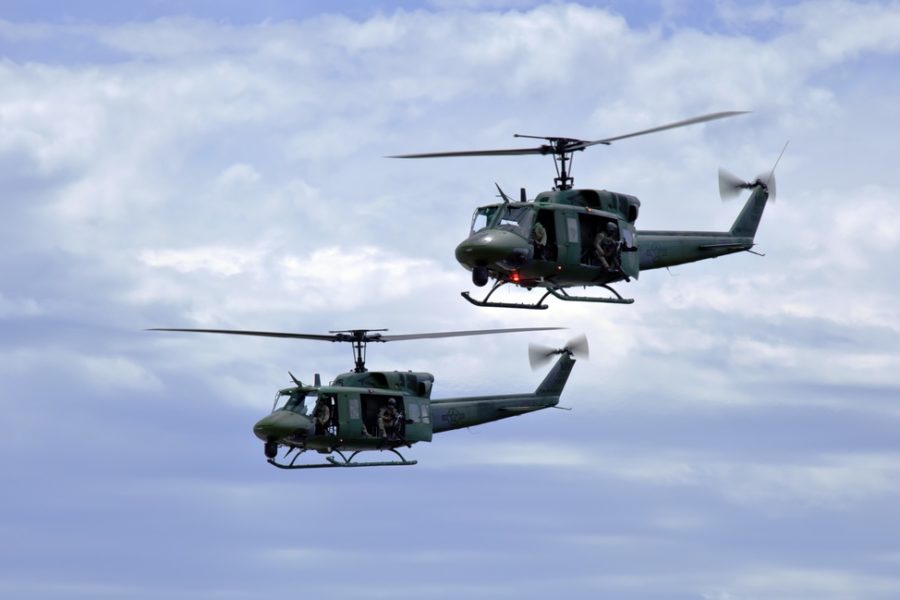The UH-1N aircraft initially provided search and rescue capabilities before replacing earlier Huey variants in the ICBM field security and support role.
UH-1Ns also provide administrative/DV lift to U.S. National Capital Region at JB Andrews and U.S. Forces-Japan at Yokota, as well as supporting aircrew survival training at Fairchild. The TH-1H fleet provides Air Force helicopter pilot training at Fort Novosel (formerly Fort Rucker).

USAF converted all single engine UH-1H models to TH-1H variants, extending their service lives’ by at least 20 years. USAF awarded Boeing the $2.4 billion UH-1N replacement contract for up to 84 MH-139s in 2018, but contract delays pushed initial fielding to 2023 or beyond.
The fleet is fully upgraded with NVG-compatible cockpits, sensors, and safety and sustainment improvements. The UH-1N is the only DOD aircraft fleet to consistently achieve its target mission capable rate over the past decade. USAF planned to begin retiring the fleet in 2022 with full retirement by 2032, though no airframes have yet been divested.
Budget cuts to the MH-139 as well as the UH-1 fleet’s significant remaining service life reversed plans to replace Hueys at Andrews, Fairchild, and Yokota, which will continue flying the UH-1N for the foreseeable future.
A single UH-1N was lost in a crash during a training sortie at Cheyenne Regional Airport on Aug. 30, 2023.
UH-1 Huey/Iroquois Technical Data
Contractors: Bell Helicopter; Lockheed Martin (TH-1H prime).
First Flight: April 1969 (UH-1N).
Delivered: September 1970-1974; November 2005-2013 (TH-1H).
IOC: October 1970 (UH-1N); circa 2009 (TH-1H).
Production: 28 (TH-1H); 79 (USAF UH-1Ns).
Inventory: 28 (TH-1H); 63 (UH-1N).
Operator: AETC, Air Force District of Washington, AFGSC, AFMC, PACAF.
Aircraft Location: Eglin AFB, Fla.; Fairchild AFB, Wash.; F. E. Warren AFB, Wyo.; Fort Rucker, Ala.; JB Andrews, Md.; Kirtland AFB, N.M.; Malmstrom AFB, Mont.; Minot AFB, N.D.; Yokota AB, Japan.
Active Variants: •TH-1H. Modified twin-engine version of UH-1H used for flight training. •UH-1N. Military version of the Bell 212 used for utility support and light lift.
Dimensions: Rotor diameter 48 ft, length 57 ft, height 13 ft. (TH-1H); rotor diameter 48 ft, length 57.1 ft, height 12.8 ft. (UH-1N).
Weight: Max gross 10,500 lb.
Power Plant: One Honeywell T53-L-703 turboshaft, 1,800 shp (TH-1H); two Pratt & Whitney Canada T400-CP-400 turboshafts, 1,290 shp (UH-1N).
Performance: Speed 149 mph, range 300+ miles (UH-1N).
Ceiling: 15,000 ft (10,000 ft with 10,000+ lb).
Armament: (Optional) two General Electric 7.62 mm miniguns or two 40 mm grenade launchers; two seven-tube 2.75-in rocket launchers.
Accommodation: Two pilots, flight engineer.
Load: Six to 13 passengers (depending on fuel, equipment, and atmospheric conditions) or up to six litters or, without seats, bulky, oversize cargo (UH-1N).


